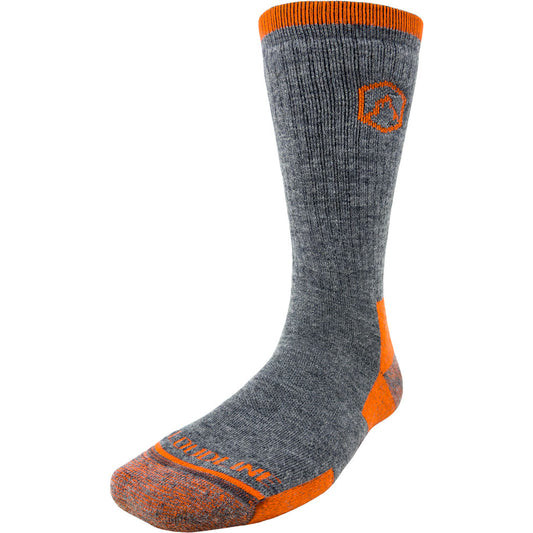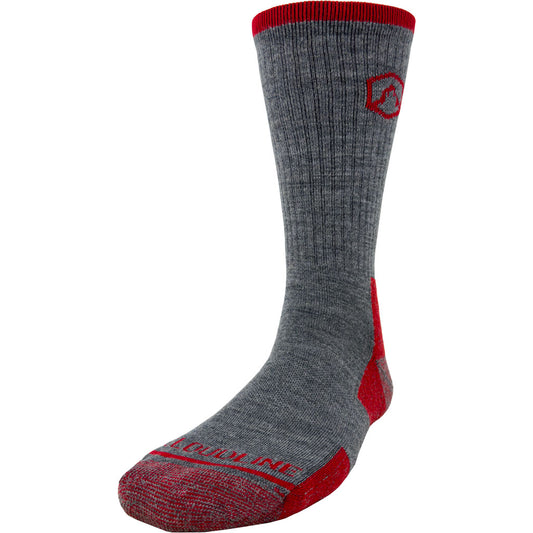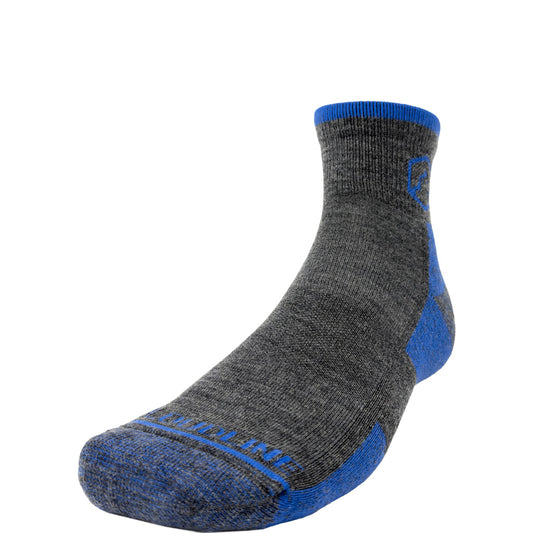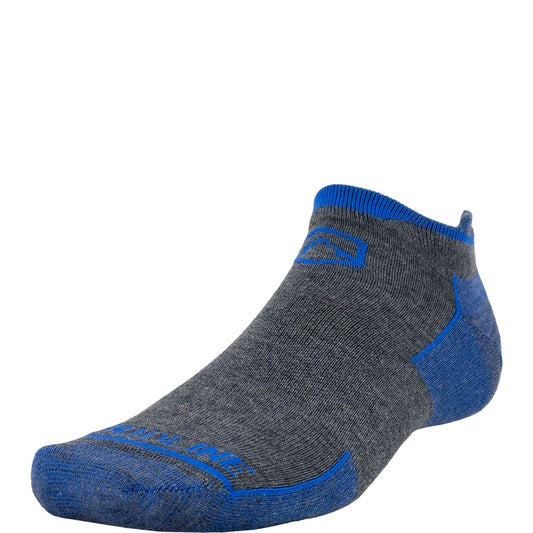
8 Ways To Stay Cool on the Trail During Peak Summer Heat
Many hikers — especially those living at northern latitudes — look forward to those sunny summer days on the trail all winter long. And those first few summer hikes? Gloriously warm and pleasant. But by mid-summer summer, as temperatures start to peak, a fun day in the sun can quickly turn into a hot, miserable, and even dangerous situation.
Recent years have brought extreme heat to many favorite hiking destinations — Death Valley, Big Bend, and Grand Canyon National Parks, to name a few. So it’s more important than ever to know how to hike safely in the heat — and when to turn around.
Continue reading for eight tips on how to stay cool on the trail this summer.
1. Pick the Right Trail

Strategizing to stay cool on a summer hike begins before you even step foot on the trail. In fact, the trail you choose is an important decision — you’ll have a much better time on a shaded trail than a sunny one if the day gets really hot.
Choose a trail that offers plenty of shade and is a manageable distance and difficulty level. A trail with lots of elevation gain, for instance, may not be the best choice on a super hot day. Keep in mind a trail you hike easily in cooler weather may feel twice as strenuous in peak summer heat, and there’s no shame in taking it easy.
Read more: How To Choose the Right Hiking Trail
2. Bring Enough Water

No matter the season, bringing enough water on your hikes is crucial. And on a hot summer day, it can be the difference between a fun day on the trail and a dangerous situation.
The amount of water you need to bring depends on lots of factors, like the distance you’re hiking, the difficulty of the trail, the weather, and of course, your body. A general rule of thumb suggests bringing a half liter of water per hour of moderate activity. Assuming it’s hot outside and you’re hiking a strenuous trail, you’ll need more — maybe a lot more. To keep your water cool, add ice cubes to your bottles or reservoir before leaving home.
3. Wear the Right Clothes

What you wear matters when you’re outside on the trail for hours or days at a time. So think twice about what you put on before heading out on a hot summer hike.
The key to staying comfortable in hot, sunny, weather is to wear loose, light-colored, and lightweight clothing. Breathable, wicking fabrics, like merino wool, make for great t-shirts and socks for summer hiking.
You’ve probably heard the common saying in the outdoor world, “Cotton kills.” Well, summer may be a time to break that rule. As long as you’re not hiking in conditions that present a risk of hypothermia, wearing lightweight cotton may not be a bad idea in hot, dry weather. Just know that cotton holds moisture — which may feel good on a hot day, but it also may start to chafe.
4. Start Your Hike Early

If the weather forecast looks like the day may get uncomfortably hot, start your hike early — like, really early. Hiking early in the morning before the sun rises not only lets you get your exercise in before the heat of the day arrives, but it’s also quieter on the trails.
If you’re hiking in the dark, though, take extra care to stick to your route and watch your step. Animals may be more active early in the day — they want to avoid the heat, too — so be cautious of wildlife.
5. Take Sun Protection Seriously

We all love the sun, but too much of a good thing isn’t always a good thing. That’s definitely the case when it comes to the sun. Protecting yourself from the sun on your hike will not only help you stay cooler, but it’ll lower your risk of getting a nasty sunburn, too.
Wear sunscreen and reapply it regularly. Wear a sun hoody or loose-fitting long-sleeved shirt to protect your arms from the sun. You can even find clothes with extra sun protection, which is never a bad idea. Last, don’t forget a brimmed hat and sunglasses.
Read more: How To Beat the Heat, Stay Hydrated, and Avoid the Bugs While Hiking
6. Take Breaks in the Shade

Stopping along the trail gives you a chance to hydrate, eat a snack, and take in the view. But breaks are even more important when you’re hiking in the heat because they give your body a chance to cool down.
Stop often — more often than normal — during summer hikes. Choose spots with plenty of shade and if possible, a water source or a good breeze. Cool down simply by taking a break from the sun or by splashing your face and neck with cold water. And make sure to eat plenty of salty snacks, too.
If you’re really lucky, your hike may pass by a lake or stream you can dip in. Just take extra precaution any time you’re swimming in the backcountry — hypothermia, currents, and other hazards are a risk.
7. Pack Light

Hiking in the heat calls for lightweight clothing, and it might be a good time to strive for a lightweight backpack, too. You’ll exert yourself less carrying a lightweight pack — which can make a huge difference in the heat.
While it’s important to bring everything you need to stay safe and prepared on the trail — and that includes plenty of water and food — you may want to consider leaving the nonessentials at home. For example, if you tend to take photos or make sketches when you’re out on the trail, you may decide to leave your heavy camera or art supplies behind.
Read more: How To Trim Your Pack Weight for Your Next Ultralight Backpacking Adventure
8. Know Your Limits

As much as you prepare for a hot-weather hike, Mother Nature may decide it’s just not in the cards. Endless sunscreen, plenty of water, and lightweight clothing aren’t a match for dangerously hot conditions.
Always check the weather before starting a hike. In the summer, keep an eye out for heat advisories or other dangerous conditions. If you can’t avoid extreme heat, find another activity for the day and save the hike for cooler weather.
When you’re on the trail, pay close attention to your body. If you start to feel sick, call it a day. Watch for signs of heat exhaustion or heat stroke — like dizziness, nausea, and confusion — in yourself and your hiking partners, and take these medical conditions seriously.
Stay Safe and Cool While Hiking in the Summer
Extreme heat is something you definitely need to watch out for, especially during the height of summer. We hope these tips can help you hike safely all summer long.
Did we miss any hot-weather tips? In the comments below, let us know how you like to stay cool during hot summer hikes.




